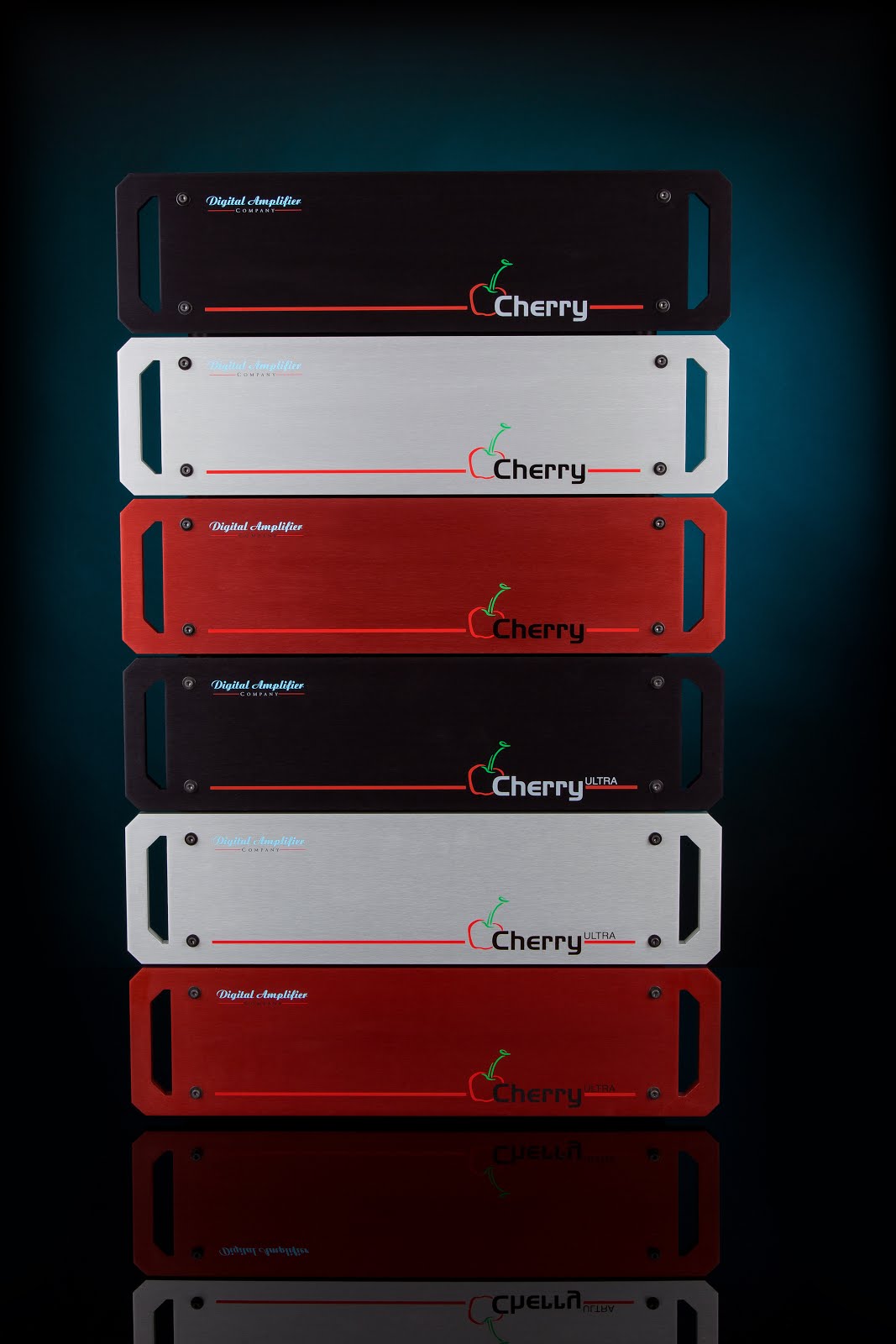Is more power better? We believe it is, within reason!
More power usually comes with a few compromises, such as zero-crossing distortion, transient distortion, and noise. We worked for decades to find a solution to these issues and think we've found it. Doing so is not cheap, but it doesn't need to be outrageously expensive either.
A quick word about zero crossing distortion... At low levels, high power Class-AB amps have real issues controlling a reactive load. Imagine driving a car where the middle 10 degrees or so of steering wheel rotation has no effect on the direction of the car.
Regarding noise, the more power output, the louder the same noise figure (dB) with respect to maximum power sounds. There's no magic, so you need really good SNR to sound good at low levels with high max power.
Another concern is peak output delivery. If you can put out 100A into 4 ohms momentarily (micro- or milli-seconds), this is equivalent to 40,000W! The path from the power supply to the speaker needs to be as direct as possible to provide clean peaks.
This is just touching on the subject, but hope it clears up a few issues that are commonly misunderstood.
Our DAC4800A and Cherry amps address zero crossing distortion. Our design inherently has 0% zero crossing distortion.
Our DAC4800A and Cherry amps address transient distortion. Our design uses output devices capable of more than 100A output.
Our DAC4800A and Cherry amps address noise. Our design achieves more than 110dB SNR. Just try the "ear to the speaker" test...
And... We can also deliver more than 1,200 total watts continuous power.
So, next time you find yourself discussing high power amps, remember that it can be DONE RIGHT!
Tuesday, November 24, 2009
Subscribe to:
Posts (Atom)




